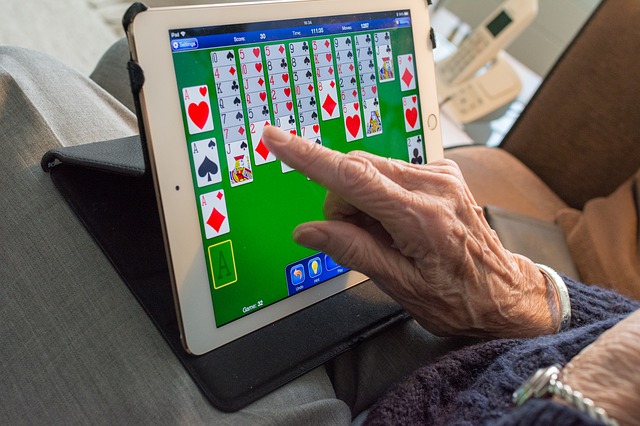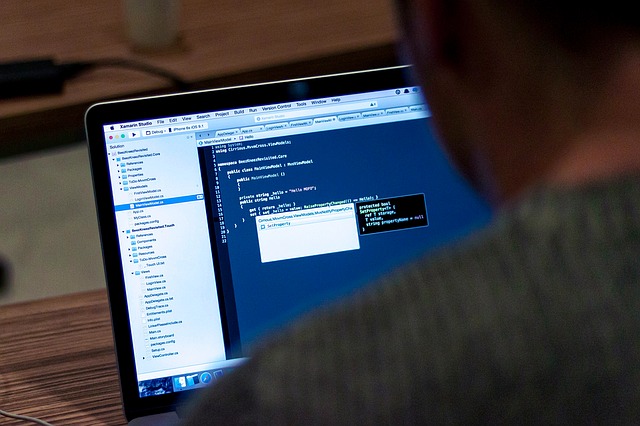My mom was fond of rhymes and poems. As she tucked my little sister and I into bed each night she would say, “Nighty-night. Sleep tight. Don’t let the bedbugs bite!”
Next she would plant a goodnight kiss on each of our foreheads and exit the room, leaving me apprehensive about those bedbugs, which I had never encountered and did not want to.
Since the mid-twentieth century when “sleep tight” came into common use, etymologists have speculated there was some deep meaning having to do with the tying of the ropes supporting the mattress or the tightness of the bedclothes. However, the function of the phrase is simply to tell someone to sleep well, to get a good night’s rest.
Restful, restorative sleep is vital to our health, yet a good night’s sleep eludes millions of people. The evidence is plain to see just by the sheer volume of advertisements bombarding us for high tech beds, white noise machines, aromatherapy products, and sleep medications. We are controlled by our circadian rhythms, and when we do not maintain a proper sleep cycle, we suffer. Lack of sleep has been linked to heart disease, diabetes, and cancer, too.
We 21-st-century humans have developed one particular behavior that impacts our ability to fall sleep at night. It has to do with blue light, one wavelength of the electromagnetic spectrum we get from sunlight. Remember the acronym ROYGBIV from science class? It is science shorthand for all the colors of the visible spectrum—red, orange, yellow, green, blue, indigo, and violet. All these colors of the rainbow combine to make visible light.
The blue light in daylight helps us wake up in the morning. It lets our brain know it is time to be up and about. But blue light is also the wavelength emitted by all those electronic devices we cannot live without these days—TV’s, computers, iPads, cell phones. If we are using these devices too close to the time we need to go to sleep, we may have trouble just falling asleep.
“For some people, using an electronic device such as a laptop can make it hard to fall asleep, because the particular type of light emanating from the screens of these devices is activating to the brain.”
National Sleep Foundation
A friend of mine is a good example of the effect of blue light on the ability to fall asleep and to stay asleep. Each night her husband watches the news on the TV in their bedroom. After the news he is able to go to sleep. However, my friend cannot fall asleep. Her solution is to read her Kindle in the dark, the only light being that coming from the Kindle. After a while, when she still cannot fall asleep, she will take a small nibble of an Ambien tablet. She will sleep for a while, but wakes up several times a night, sometimes reading more on the Kindle and nibbling another piece of the Ambien.
What should my friend be doing instead? There are two major things she and anyone with sleep difficulties can do to help themselves:
- Remove the TV from the bedroom. (It is especially important not to have a TV in your child’s bedroom. Children need more sleep than adults.)
- Read an actual book before bed. Stop reading on the electronic devices in the late evening at least two hours before you plan to go to sleep.
Other things we all need to do for our health is to get regular exercise and eat properly, have a social life, and try to maintain a positive attitude.
In my friend’s case, she does all those normal, healthy things. But she has confided that she has to argue with her doctor to keep getting the prescriptions for Ambien. This is troubling to me as her friend, but It is not possible to tell her much of anything she does not already know. Perhaps I will send her a copy of this post and wait for the sparks to fly!
Meanwhile, if you are having trouble falling asleep at night and are one of those people who watch TV or stay online until the wee hours, why not give my suggestions a try? What have you got to lose but a good night’s sleep?




